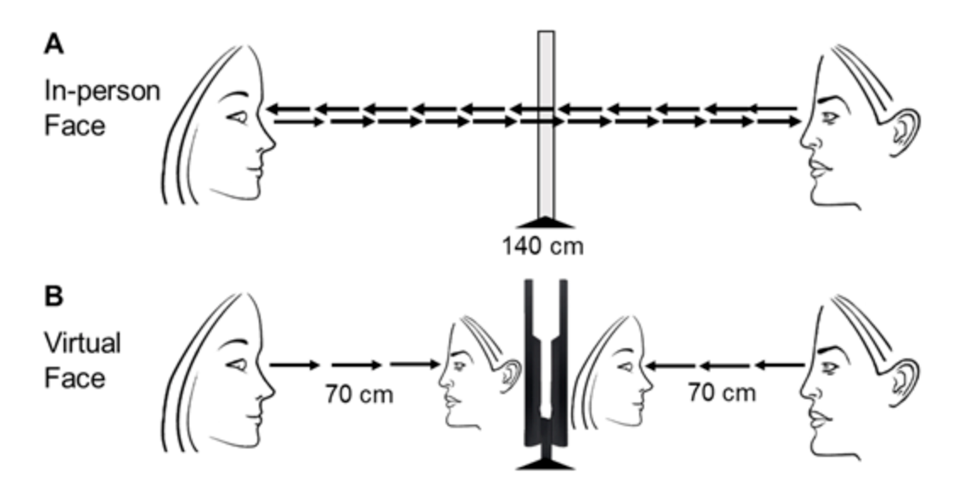Your Brain on Zoom Calls: New Research
In the past few years, Zoom calls and virtual meetings have become integral parts of our professional lives. Initially a necessity during the pandemic, they’ve remained prevalent even in post-Covid times. However, a recent study from Yale University has confirmed concerns about the effectiveness of these virtual interactions.
Yale researchers conducted a unique experiment to compare brain engagement during face-to-face and virtual interactions. Participants were either separated by a transparent pane or connected via video screens. Using advanced technologies like eye-tracking, EEG, and functional near-infrared spectroscopy (fNIRS), the study revealed some concerning findings.

Key Findings: Face-to-Face vs. Virtual
- Eye Contact. People spent more time looking at real faces than those on screens.
- Brain Activity. In-person interactions showed increased cross-brain synchrony and higher signal strength, indicating richer social context and better facial expression processing.
Real-World Implications and The Future of Work
The controlled lab setting was more conducive to virtual interaction than what might happen in the real world. Subjects weren’t checking email, texting, or playing games. Kids and pets weren’t interrupting. Their cameras were always on, not typical for real virtual meeting. Zoom data shows that 42% of participants in virtual meetings prefer to keep their cameras off. Separately, Stanford researchers identified “Zoom fatigue” as a real thing, caused by factors like excessive eye contact, cognitive load, the weirdness of watching yourself on the screen, and not being able to move around.
According to Fortune, CEOs are plotting to have everyone back in the office full time within a few years. Research showing that virtual interactions are less engaging than in person will bolster their case for a full return to the office.
Metaverse enthusiasts may find the Yale research encouraging. Some, like Meta, are working on technology to increase the realism of virtual interactions. Meta’s latest Quest Pro headset includes eye-tracking and facial expression detection. These movements and expressions can be shown on one’s avatar. At the moment, though, these avatars are improving but are still primitive and cartoonish. They are years away from replicating the richness of in-person meetings.
Make Your Meetings Better
Virtual meetings and Zoom calls aren’t going away. Some people will work from home, at least some of the time. Teams will continue to include members in different locations, even different countries. But, we should account for the fact that our brains are less engaged in a virtual interaction than face-to-face,
Question the Need. As discussed in my book Friction, businesses globally suffer enormous productivity losses from unnecessary meetings. Before we focus on improving engagement, we should determine if a meeting is necessary and/or if the number of people who attend can be reduced.
Use Virtual Tools Wisely. Zoom calls are fine for brief updates and information sharing and other routine, transactional meetings. Other topics may have a higher emotional component – performance reviews, layoff announcements, team celebrations, etc. If at all possible, conduct meetings requiring emotional engagement or extensive collaboration in person.
Stay Tuned in Virtual. Sometimes, higher stakes meetings have to take place virtually even when you’d prefer them to be in person. When this happens, everyone should have their cameras on. Pay close attention to the participants’ expressions and body language. This will help you understand not just what they are thinking, but what they are feeling.
